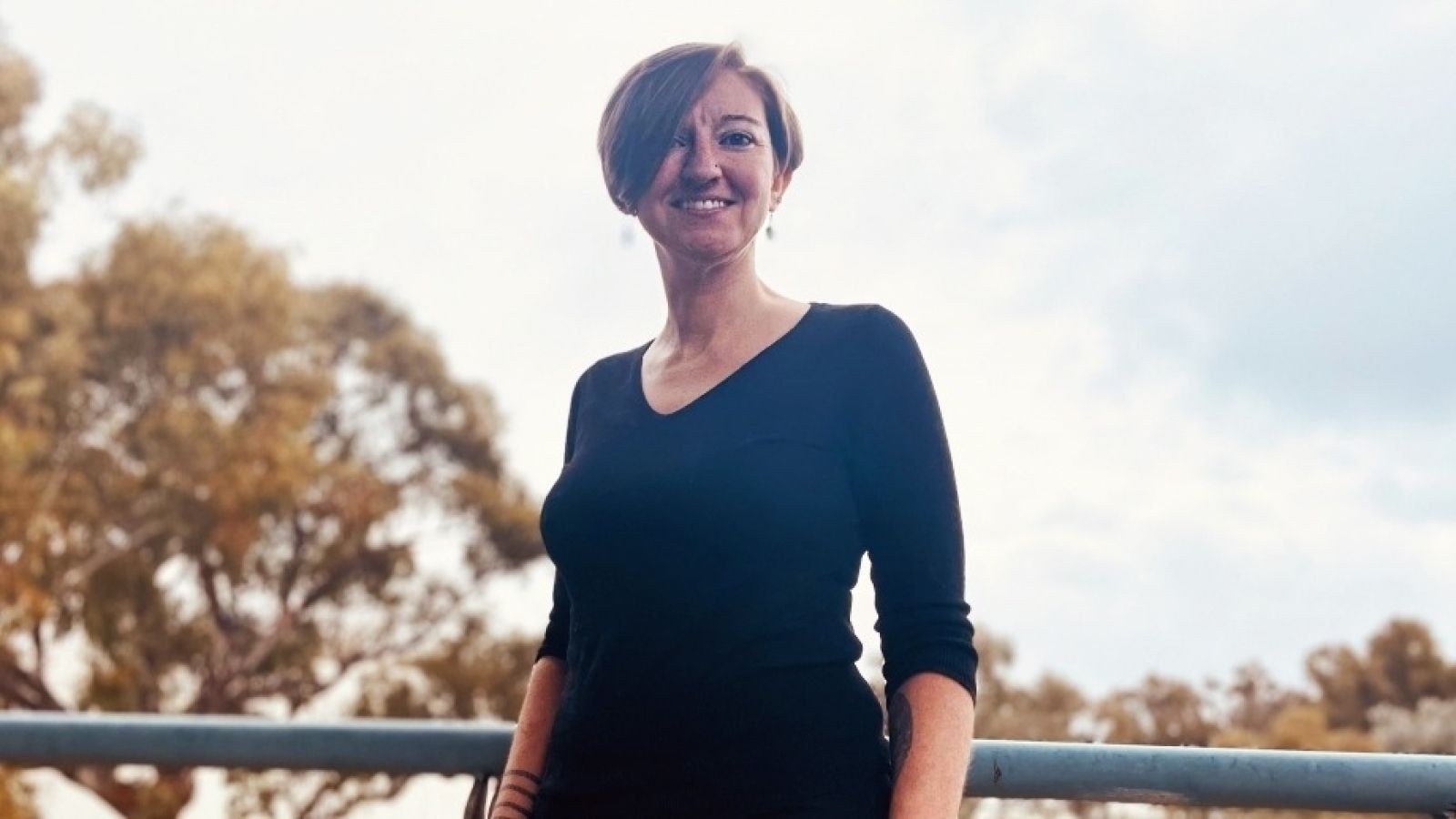Catherine Frieman is the recipient of a Future Fellowship for ‘Kin and Connection: Ancient DNA between the Science and the Social’

Catherine Frieman Photo by Neha Attre
Ancient DNA has emerged as a powerful tool that can help bridge the gap between social and scientific archaeologies.
Associate Professor Catherine J. Frieman’s research project ‘Kin and Connection: Ancient DNA between the Science and the Social’ aims to use genetic data and archaeological materials to understand ancient human kinship and aid the formation of a new interdisciplinary and international research network.
Catherine is the recipient of an Australian Research Council (ARC) Future Fellowship, a scheme that provides funding for four-year research fellowships. The scheme aims to retain the best and brightest mid-career researchers working in areas of national significance.
“My case study is on Late European prehistory and the project builds from this vibrant world of ancient DNA that relates between past and present populations. There have been methodological developments in the areas of laboratory biology and computational biology, and new methods of data analysis are being explored to get more information out of individual genetic codes from the past,” Catherine said.
“The project’s aim is to create an accurate picture of prehistoric European kinship, society and family structure by combining genetic data with information like settlement patterns, diets, culture etc. It aims to explore kinship beyond the patterns of biological relatedness.”
The project aims to place Australia at the forefront of a global community of research in archaeology and archaeological science by creating an interdisciplinary network of collaborating researchers from genetics and the human sciences. These researchers will collaboratively develop a novel and vibrant community to disseminate, apply and build on the project’s insights.
One of the main objectives of the project is to build better bridges between new scientific data and established archaeological methods and collections.
“It increases the value of ancient genetic data for archaeological model building and enhances genomic modelling with a more robust interpretative framework,” Catherine said.